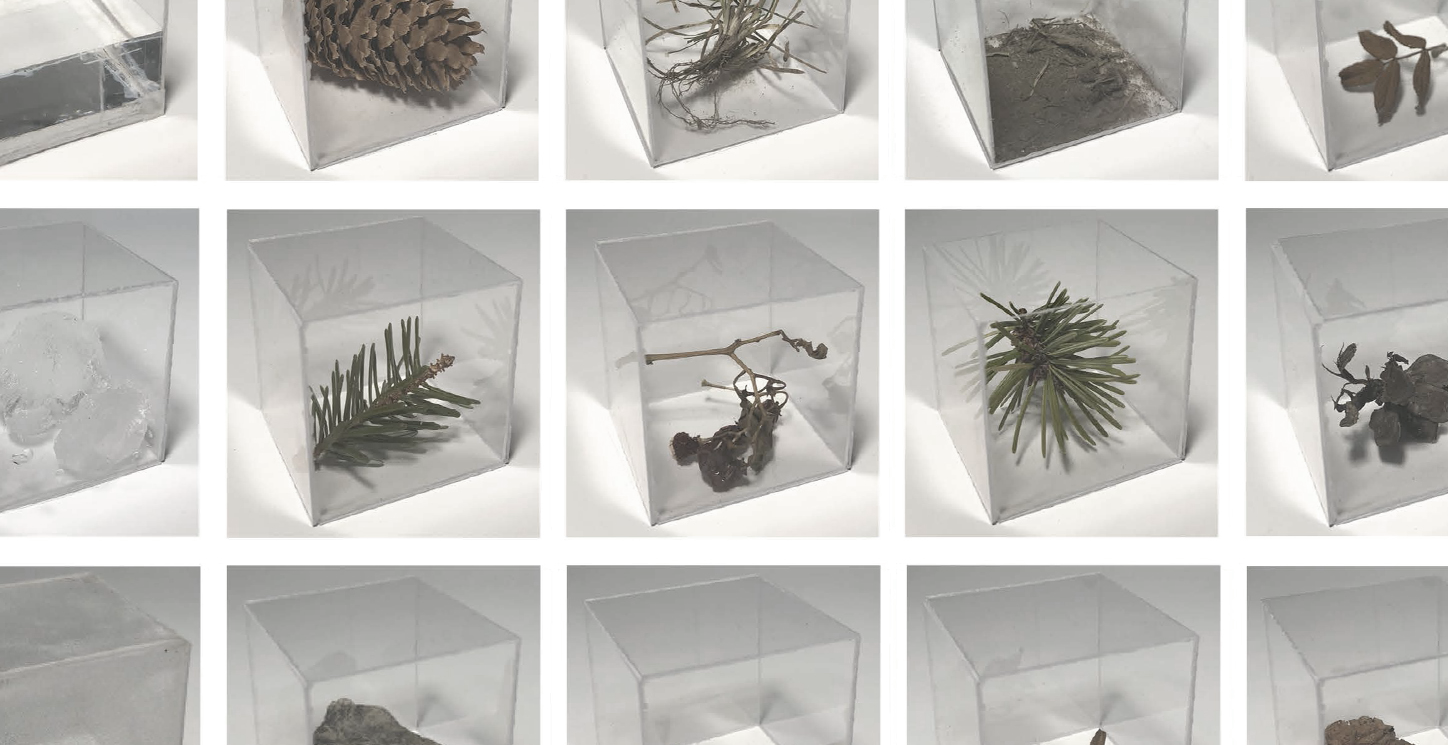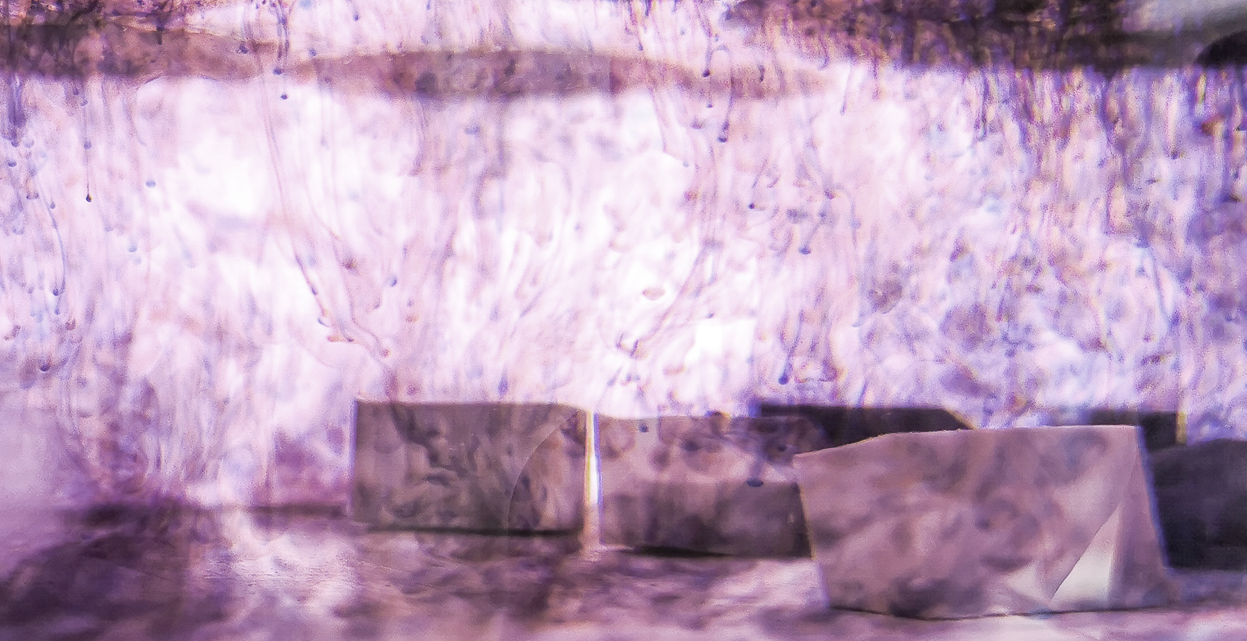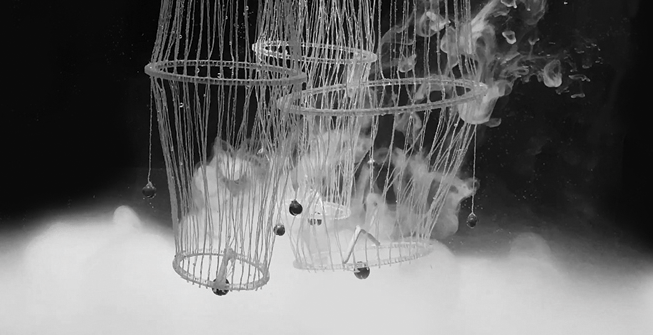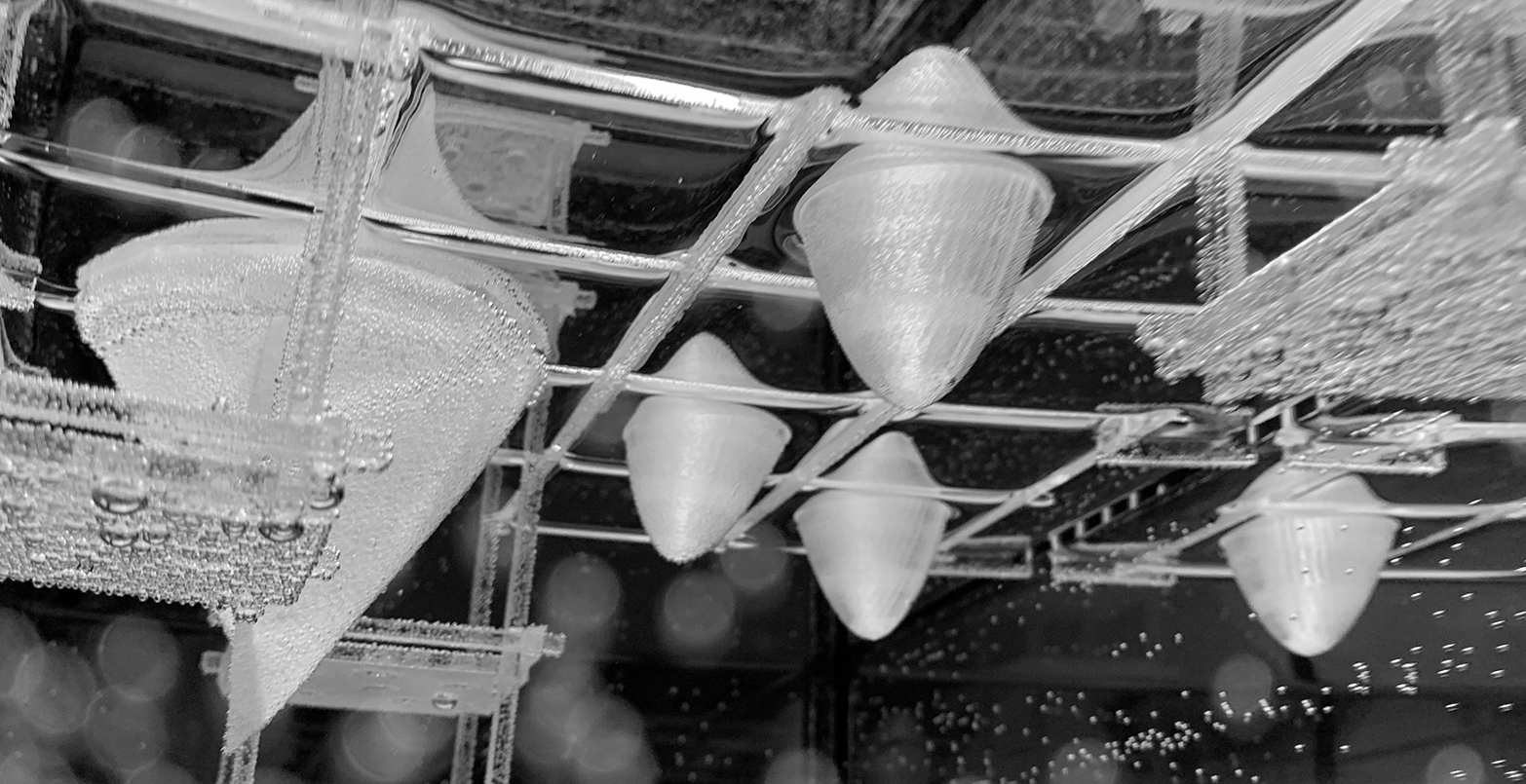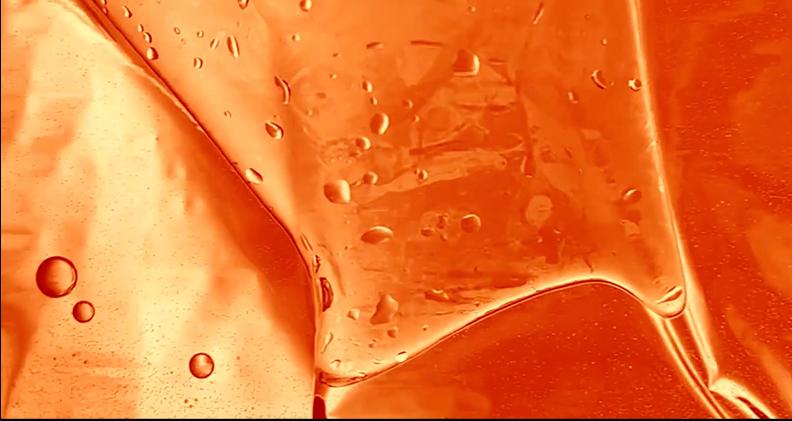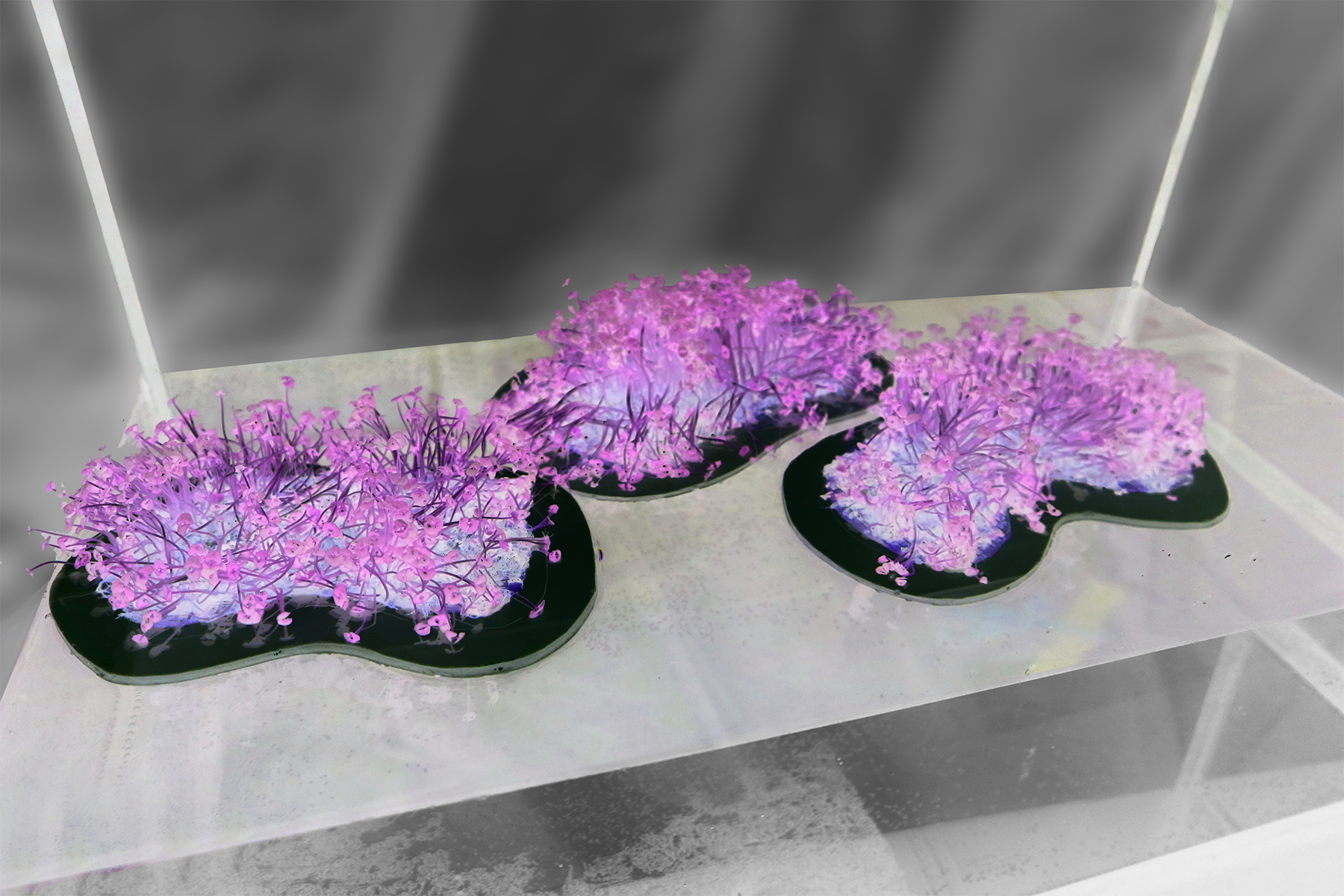Madelyn Byrtus & Ramon
Renderos-Soto
Tank Worlds : Port Hope Harbour
Reverence: A study of Canada’s nuclear past and possible futures
The project began with a holistic overview of Canadian participation in nuclear research, processing and eventual advancements of weaponry and energy production, including its key contributions to the Manhattan project, resulting in the atomic bombings of Hiroshima and Nagasaki in August of 1945. We learned of the historic lineage of nuclear research, stemming back to the discovery of Radium in 1890 and leading to the mining operations of El Dorado in Northwest Territories which provided the raw materials later refined into Radium in Port Hope where the by-product, Uranium, was sold to the United States Atomic Energy Commission. The El Dorado Mining Corporation was secretly purchased by the Canadian Government around 1944, later becoming Eldor Inc and eventually Cameco, now the world’s largest publicly-traded uranium company. Over the lifetime of the uranium conversion processes in Port Hope, over 780,000 cubic meters (over 315 Olympic swimming pools) of contaminated mine tailings were scattered across over twenty sites in Port Hope, Ontario.
The Reverence project is a reworking of the processes of remediation taking place by the Port Hope Area Initiative, which is in the process of extracting contaminated soil from contaminated sites across Port Hope and the harbour and transporting to a long-term storage facility located just south of Highway 401. These sites are located all over the town – in residential areas, industrial areas, coastal locations and existing public parks. Our proposal suggests that the interventions in these locations go above and beyond simply extracting the soil and replacing it, which effectively erases its history. Instead, the project converts the sites to a series of public spaces that are memorials to its past. The design of each site follows processes intended to recognize the history of Canada’s role in 20th century events surrounding nuclear war, weapons, and energy production. These design strategies—which involve leaving the voids of extraction, adding new circulation, a grove of trees, and monitoring instruments—collectively promote awareness of the past, visually highlight the impact of these extractions to the earth, and continue to monitor levels of radioactivity at these sites. The voids left behind by the PHAI extractions become placeholders for this history and suggest a future that flourishes through natural growth on the sites.













